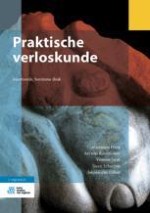2019 | OriginalPaper | Hoofdstuk
8. Meervoudige zwangerschap
Auteurs : Drs. Marianne Prins, Prof. dr. Jos van Roosmalen, Drs. Yvonne Smit, Prof. dr. Sicco Scherjon, Dr. Jeroen van Dillen
Gepubliceerd in: Praktische verloskunde
Uitgeverij: Bohn Stafleu van Loghum
